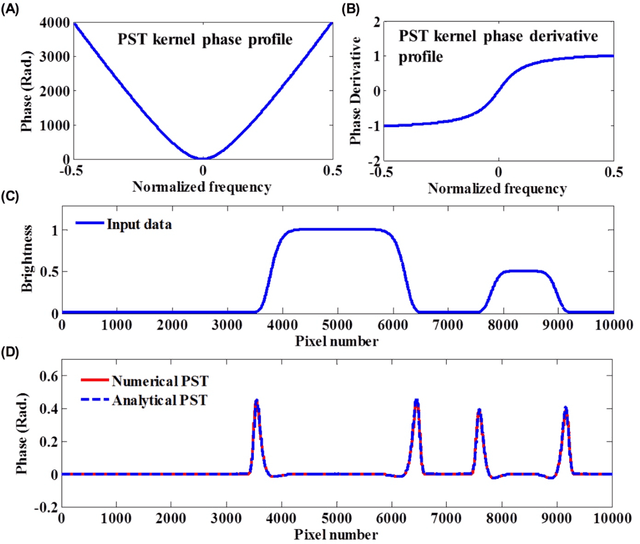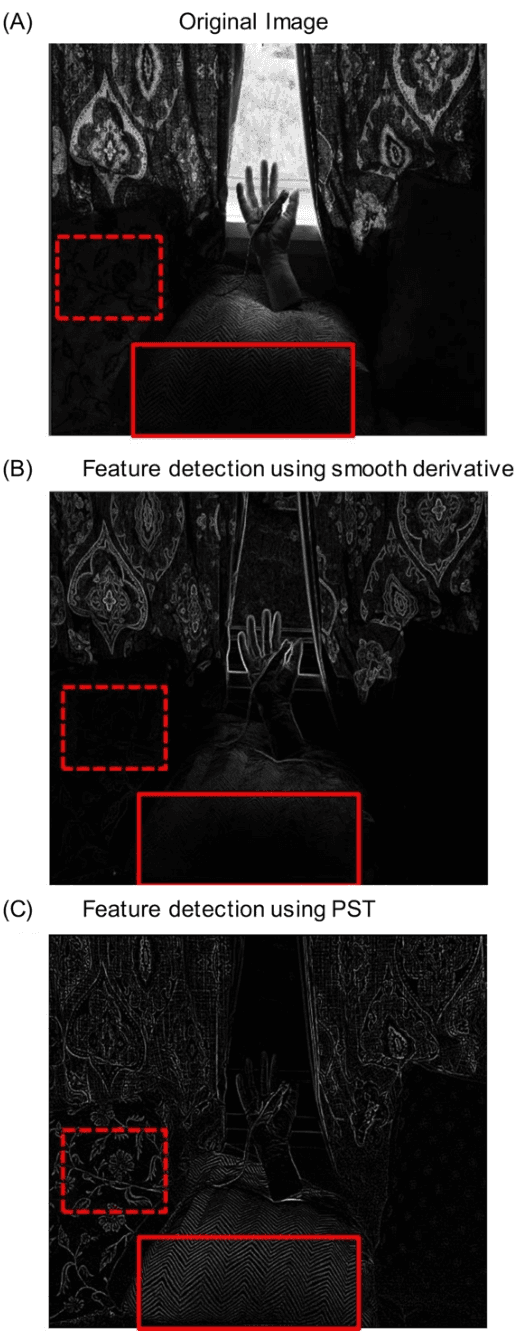Feature Enhancement in Visually Impaired Images
Paper and Code
Jun 14, 2017



One of the major open problems in computer vision is detection of features in visually impaired images. In this paper, we describe a potential solution using Phase Stretch Transform, a new computational approach for image analysis, edge detection and resolution enhancement that is inspired by the physics of the photonic time stretch technique. We mathematically derive the intrinsic nonlinear transfer function and demonstrate how it leads to (1) superior performance at low contrast levels and (2) a reconfigurable operator for hyper-dimensional classification. We prove that the Phase Stretch Transform equalizes the input image brightness across the range of intensities resulting in a high dynamic range in visually impaired images. We also show further improvement in the dynamic range by combining our method with the conventional techniques. Finally, our results show a method for computation of mathematical derivatives via group delay dispersion operations.
 Add to Chrome
Add to Chrome Add to Firefox
Add to Firefox Add to Edge
Add to Edge